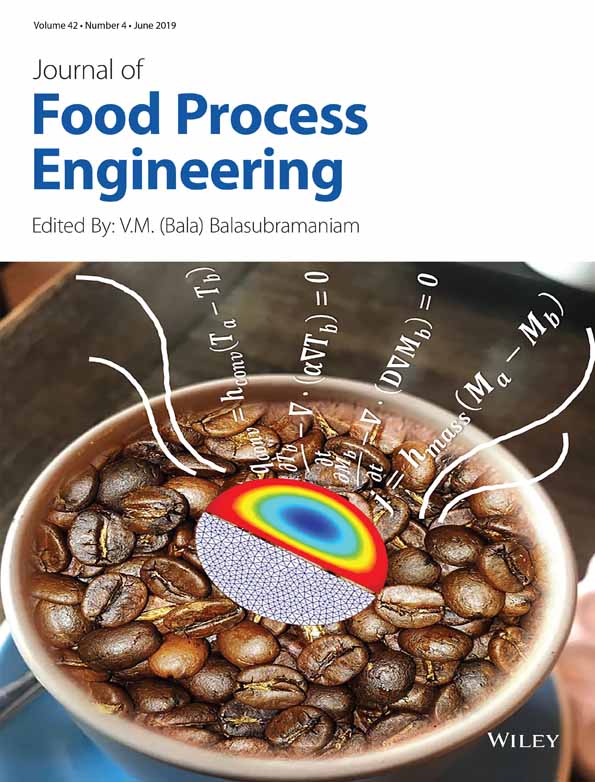Mathematical modeling of hydrodynamic properties of lime (Mexican lime)
Abstract
Grading and hydraulic handling of fruits and vegetables are important subjects of study in industries to maintain their quality and reduce their losses. It is thus essential to have knowledge of hydrodynamic properties of agricultural products for sorting, grading, washing, packaging, and storage purposes. This study first determined the physical properties (i.e., mass, density, volume and shape coefficient) influencing terminal and other hydrodynamic properties of Mexican lime (locally known as Jahromi lime). Then, a water column and a video camera were used to measure the terminal velocity and falling time of the samples. The effect of physical properties determined, and the difference between water and lime densities on the hydraulic properties were analyzed in MATLAB. The results show that Mexican lime samples reached their terminal velocity in 2.5 s when the terminal velocity and the falling time were 0.08 m/s and 6.5 s, respectively. The water–lime density difference, volume, and the sample mass had the significant effect (p < 0.05) on the terminal velocity and falling time. However, the shape coefficient had no significant effect.
Practical applications
Fruits with different densities fall to different depths at a given time, and a properly situated separator can be used for grading them. This research prospect the use of Mexican lime terminal velocity as a parameter for density-based hydraulic grading to be used in the design and development processes of fruit sorting and grading systems, and regression equations of sample movement were fitted based on their physical properties to find the best model.




